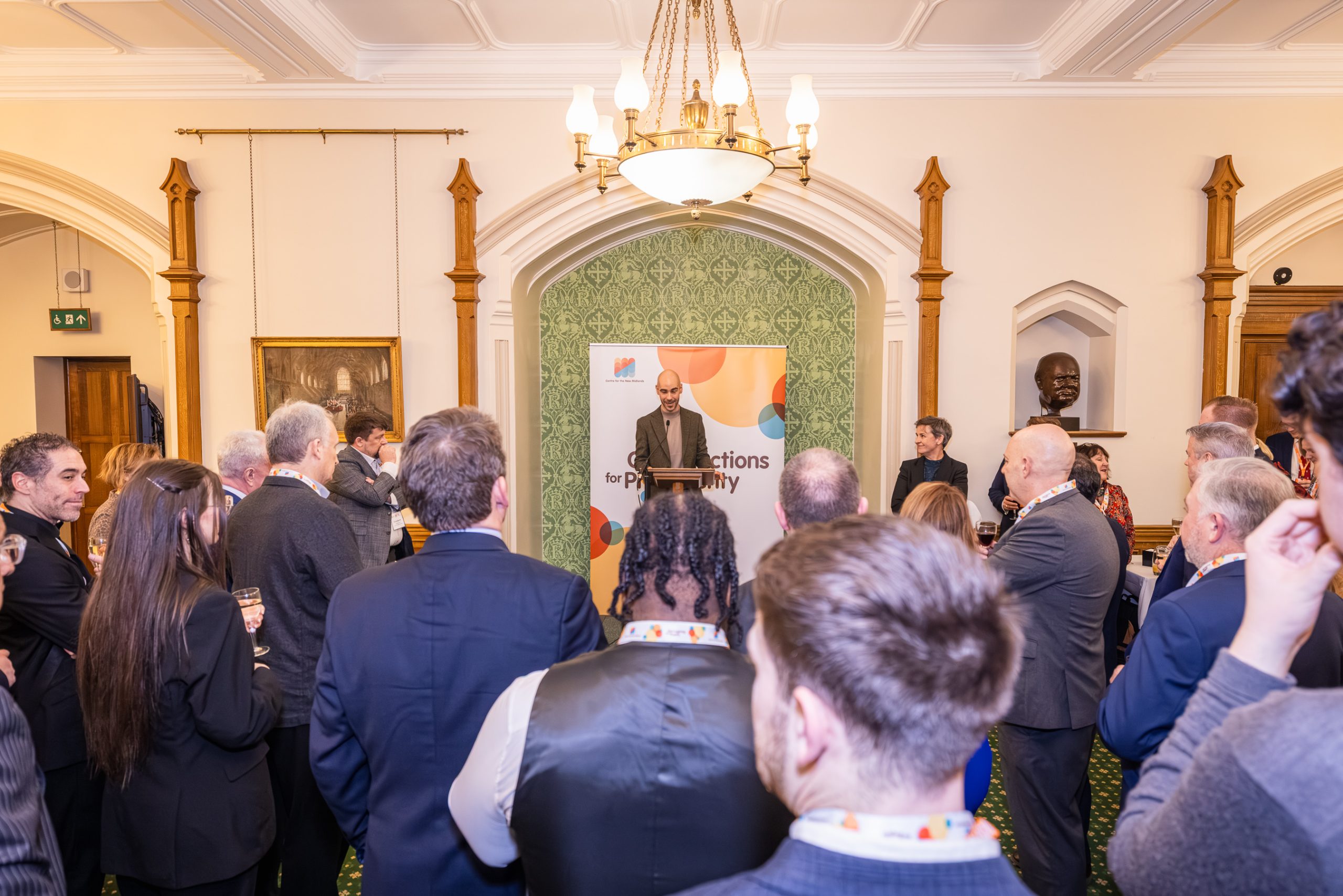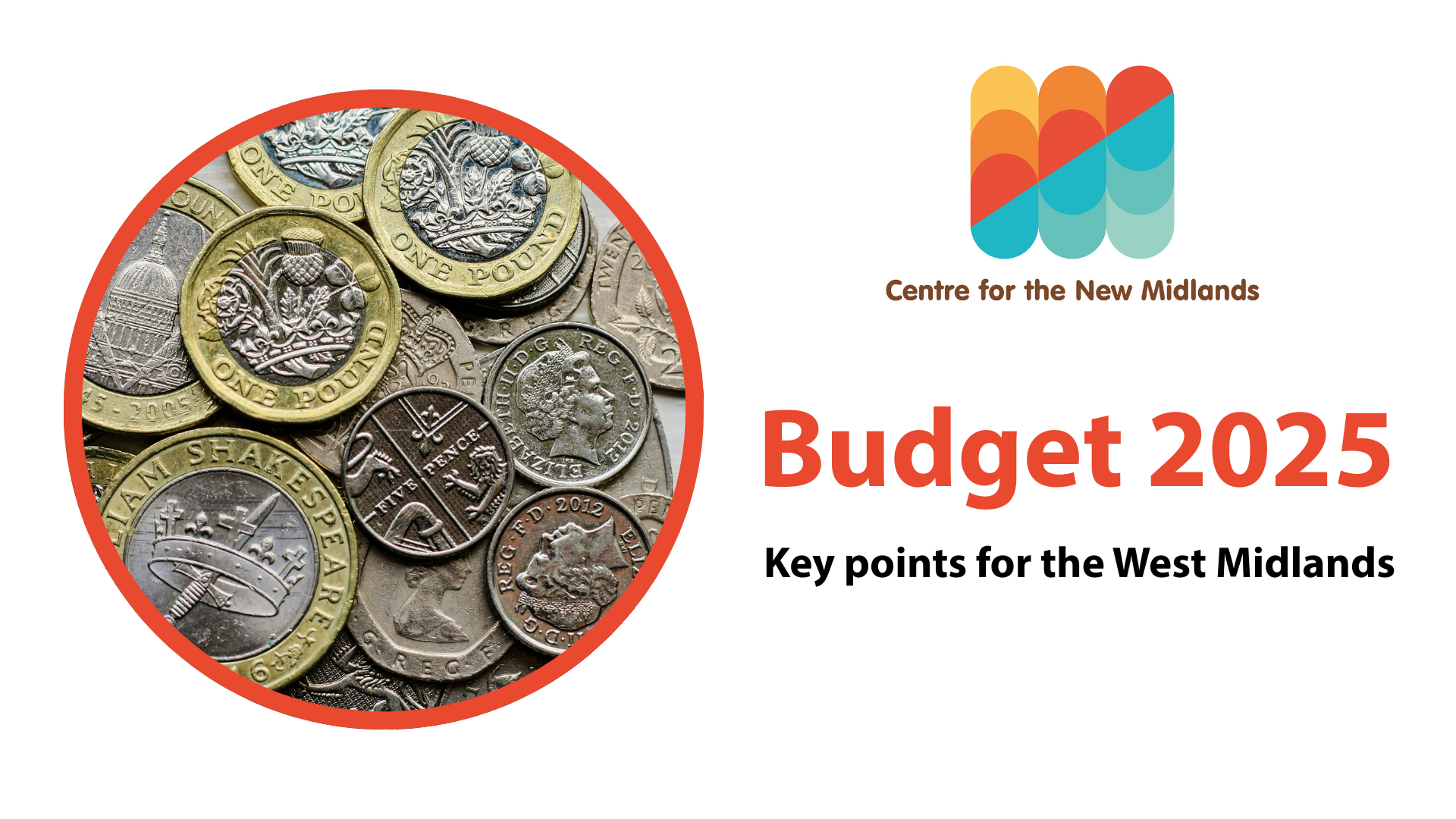Today (Monday 14th October) sees the Government launch its Industrial Strategy Green Paper, coinciding with the hosting of its International Investment Summit in the City of London – an event that “will comprise more than £50bn of deal announcements – or roughly twice the £28bn unveiled at the previous comparable gathering held under the former Conservative administration“.
In this article, Matt Sutton (Director, Camargue) offers some of his views on what to expect and some of the issues that the strategy must grapple with.
(October 2024 – please note that a version of this article was previously posted on the Camargue website)
It doesn’t matter whether you work in the creative industries, manufacturing or ply your trade in professional services, everyone has got one thing in common: the need for a UK industrial strategy.
There’s not long to wait now. As the Government hosts its international investment summit this week, the next step is the publication of an industrial strategy green paper.
The strategy will be the next evidence of Labour’s belief in the ‘strategic state’ – an interventionist Government that as the FT’s Robert Shrimsley notes ‘will send a send a shiver up the spines of all those who dream of a smaller, less intrusive state.’
Thatcher, Major and Blair all avoided interventionist industrial strategy – the fear of picking winners and ending up with losers (which happened in the 60s and 70s) was the driver. But we live in different times, where state-backed support for advanced manufacturing in parts of Asia and the Biden administration’s subsidies have redrawn the global investor landscape.
So against this backdrop, here are some views from me on what to expect and some of the issues that the strategy must grapple with:
Sector or place focus?
Industrial strategies are typically delivered through sectors and I would anticipate that Labour’s version will largely be the same. You can see the appeal – singling out cities and regions can have political consequences. The challenge to this notion though is that the economy organises itself through places.
Industrial strategy must improve the productivity of a nation. But our great regional cities must also rise again too. Improving the productivity of Birmingham and Manchester is key to the success of the UK’s economy. Narrowing their productivity gap with London so that it’s on a par with Lyon’s and Toulouse’s with Paris, would add £20bn to the UK economy.
Embedding industrial strategy through the work of metro mayors and their combined authorities is going to be very important.
Be ambitious and focus on what we’re good at
It’s critical that we nurture and expand our manufacturing expertise but the reality is Britain will remain a service-led economy. Drastic pivots in a country’s specialisms are rare. I want to see support for manufacturers but the industrial strategy must recognise that Britain will remain a broad service-led economy. The UK is the second largest exporter of services in the world and industrial strategy must recognise this too.
Funding for manufacturers and support in the ‘valley of death’
Advanced manufacturing start-ups struggle in the UK to commercialise their offer after the initial R&D funding from Government has dried up. There is currently little state support to help them manufacture at scale. A package of support to back good companies through this ‘valley of death’ is needed.
It’s very easy for industrial strategy to focus on the shiny attractiveness of advanced manufacturing. But there are parts of our traditional manufacturing in the UK that are critical to our society and transitioning to a net zero world – they need support too.
Support for the creative industries is not a gamble
Secretary of State, Lisa Nandy at conference talked about ‘putting rocket boosters’ under the creative industries sectors. More support is essential. The sector encompasses PR, advertising, architecture, antiques, design, fashion, film, software, music, the performing arts, publishing, television and radio. It employs around 2.3 million people and is worth around £125bn. This is a market that’s larger than life sciences, automotive manufacturing, aerospace and the oil and gas sectors combined.
The creative industries’ inclusion in the forthcoming industrial strategy would allow the sector to tap into investment from the Government’s new national wealth fund, which was originally created to fund large infrastructure projects.
Shaping an industrial strategy is clearly not easy. There are many seemingly good causes. But an interventionist approach from Labour will rely to a degree on picking and backing winners. Fundamentally this strategy must send a clear signal to investors about the industries that it is backing and also show that this Government has the agility to get things done.
And let’s not forget about confidence – we could all do with a bit of that right now and no investor I know has ever done anything without the belief it will pay off.
It’s certainly time to see the industrial strategy. I hope the expectations around it will be rewarded with something credible, sensible, confidence creating, and, most importantly of all, successful.
ABOUT OUR AUTHOR:
Matt delivers corporate communications campaigns, as well as complex and politically-charged stakeholder projects across the development lifecycle.
As lead of Camargue’s Birmingham team, he is passionate about economic and social infrastructure, having worked on significant projects across the energy, construction, industrial property, minerals and residential sectors.
With experience across the UK and global geographies, he has a strong track record of delivering integrated campaigns for B2B and corporate clients to help them drive growth and tackle business challenges.
His key skills include strategic stakeholder engagement, media relations, public affairs, crisis management and digital content creation.








